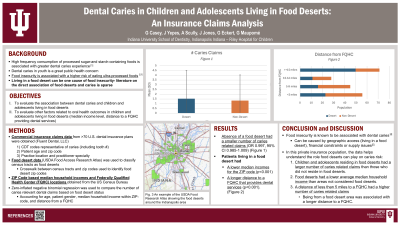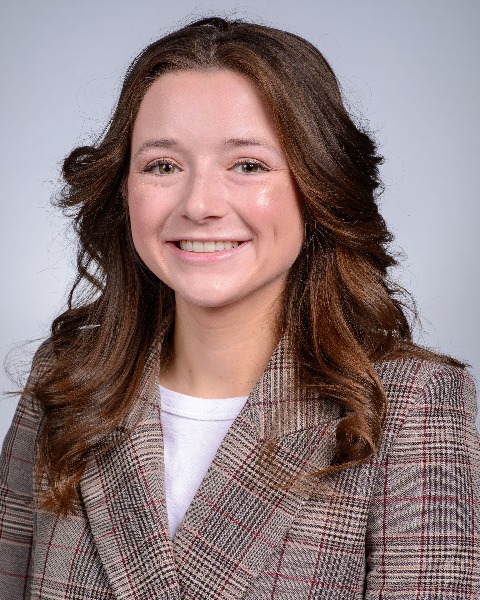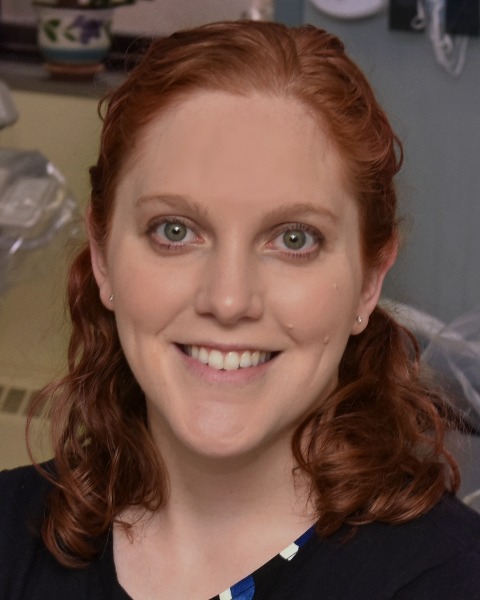Other
31 - Dental Caries in Children and Adolescents Living in Food Deserts


Gillian E. Casey, DMD (she/her/hers)
Resident
Indiana University, Indianapolis, IN
Indiana University School of Dentistry
Indianapolis, Indiana, United States
Juan F. Yepes, DDS, MD, MPH, MS, DrPH, FDS RCDS(Ed)
Professor
Indiana University Purdue University Indianapolis
Indiana University -Riley Children Hospital-
Indianapolis, Indiana, United States- JJ
James Jones, DMD, PhD
Indiana University

Allison C. Scully, DDS, MS, FAAPD
Assistant Professor
Indiana University School of Dentistry
Indiana University
Indianapolis, Indiana, United States- GE
George Eckert, MAS (he/him/his)
Biostatistician
Indiana University School of Medicine
Indiana University
Indianapolis, Indiana, United States - GM
Gerardo Maupome, BDS, MSD, PhD
Indiana University Purdue University Indianapolis

Juan F. Yepes, DDS, MD, MPH, MS, DrPH, FDS RCDS(Ed)
Professor
Indiana University Purdue University Indianapolis
Indiana University -Riley Children Hospital-
Indianapolis, Indiana, United States- LW
LaQuia A. Walker-Vinson, DDS, MPH, FAAPD
Associate Professor
Indiana University School of Dentistry / Riley Hospital for Children
Indianapolis, Indiana, United States
Presenting Author(s)
Co-Author(s)
Research Mentor(s)
Program Director(s)
Purpose: The purpose of this study was to evaluate if children and adolescents who live in food deserts experience dental caries more frequently than children and adolescents who do not live in food deserts utilizing a database of commercial dental insurance claims.
Methods: This retrospective cohort evaluated commercial insurance claims data from 2015-2019 for children ages two to fourteen. Insurance claims data retrieved included CDT codes and ZIP Code of the insured patient. The patient’s ZIP code was used to obtain the corresponding food desert utilizing the United States Department of Agriculture Food Research Atlas, median household income, and distance to the closest Federally Qualified Health Center, which were included as covariates.
Results: The study included 5,878,457 individual patients. 5,666,064 (96.4%) patients resided in a non-food desert zip code and 212,393 (3.6%) resided in a food desert zip code. The mean age of patients was 8.3 (SD 3.6). Patients from a ZIP code that is considered a food desert had lower median income for the ZIP code and longer distance from a FQHC (P < .001). Absence of a food desert had less caries-related claims (OR 0.997, 95% CI 0.985-1.009).
Conclusion: Food deserts were associated with lower median income areas and higher incidence of dental caries. Future public health preventive programs may be most impactful if targeted towards food desert locations.
Identify Supporting Agency and Grant Number: Research supported by Indiana University School of Dentistry Graduate Research Committee.

.jpg)